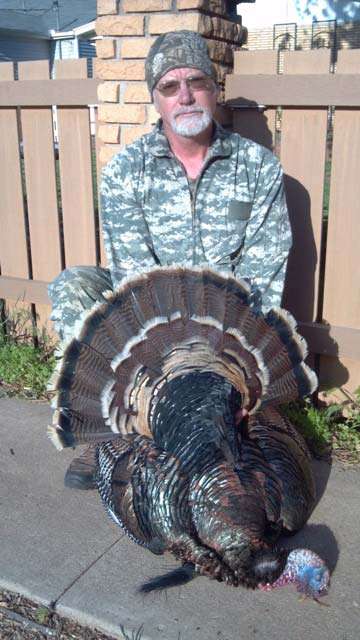Besides whether or not Donald Trump’s hair is real, I know of no other topic that provokes more discussion amongst outdoorsmen than the subject of how best to mask or remove human scent when deer hunting or predator trapping. Research estimates the long canine nose of a coyote contains over 250 million olfactory receptors, and a deer’s nose is equipped with even more, compared to possibly 6 million for a human. It is also estimated that the part of a coyote’s brain dedicated to analyzing scent is 40 times larger than a humans, and once again, that portion of a deer’s brain is larger still. In summary, the amazing sense of smell God gave to both deer and coyotes is possibly 1000 times more acute than that of a human’s….. What to do?
To control human odor when big game hunting, the first consideration should always be to use the wind in your favor no matter what else you do. Always hunt with the wind blowing away from you and blowing away from where you expect the deer to appear. Many hunters have multiple hunting stands to take advantage of the wind no matter which direction it blows; I believe at last count my brother has 12, which combined possibly equals more square footage than his home. Products are also available to either remove human scent or simply to mask it. Scent removal products are applied to a hunter’s outer clothing to remove odor; cover scents are placed in the stand or blind to cover our scent by providing natural odors like soil, acorns, apples and even skunk in an attempt to temporarily fill a deer’s nose with a smell that is natural to its surroundings. Hunting clothing can also be stored over the summer in bags containing cedar branches or other scents a deer will associate with your hunting area.
Removing or masking human odor is important when trapping coyotes, but the debate among trappers has always been just how important it is. In a nutshell, the goal is to keep traps completely free of human scent and other foreign odors, then to conceal the trap in front of an attractor that appeals to either the coyote’s sense of smell or vision. Human odor can be removed from traps by boiling them each season, then handling them only with gloves. Odors can be kept to a minimum at the trap site by wearing rubber boots and gloves while actually setting the trap. Some trappers, me included, handle traps and equipment with one pair of gloves and bait and lure with a different pair so as not to get those odors on the traps. A few trappers even wear different boots to drive and change each time they step out of their truck. A good friend of mine, who routinely catches a couple hundred coyotes a year, represents the opposite school of thought when it comes to human scent control when trapping. He once told me “Every coyote in the area already knows I’ve been there the second I open the truck door, so why go to all that trouble.” He only wore rubber boots if it was muddy, rarely boiled or cleaned his traps and only handled traps with gloves to keep the sand burrs off his hands. His take on it all, was to make his bait attractive enough that the coyote would disregard his scent to get to it.
Numerous hunting and trapping experts recommend learning to think like our quarry, but I don’t believe any of them recommend smelling like them too. So untill that happens, our human odor will continue to be a factor in both big game hunting and coyote trapping, but every hunter and trapper must decide for themselves how they want to handle it, then use the way that gives them the most confidence. Remember, the best you can hope to do is to confuse a deer or coyotes nose just long enough to harvest it. Continue to Explore Kansas Outdoors!
Steve can be contacted by email at [email protected].




